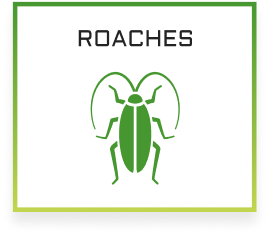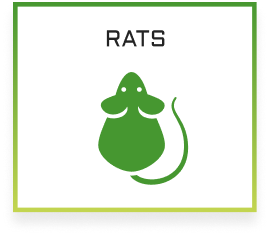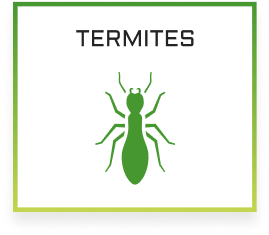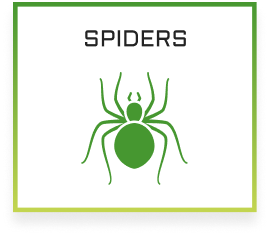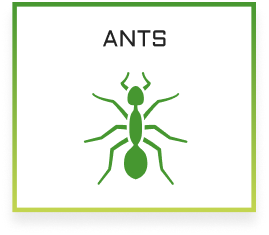Preventing Future Termite Infestations: Tips Beyond Repair

Understanding termite behavior
Termites are social insects that live in colonies underground or in wood. They feed on cellulose found in wood and can cause significant damage to structures. Termites communicate through pheromones and work together to gather food and build their nests. Understanding termite behavior can help in identifying the signs of an infestation early on, such as mud tubes, discarded wings, or hollow-sounding wood. Regular inspections and maintaining a dry and well-ventilated home can help prevent future termite infestations.
Signs of a termite infestation
Termite infestations are tough to spot in the early stages. Look out for swarmers (winged termites) or discarded wings near windows and doors. Mud tubes connecting the ground to your home’s foundation or walls indicate termite presence. Hollow-sounding or damaged wood might also signal an infestation. Frass, termite droppings resembling sawdust, is another telltale sign.
Importance of preventing termite damage
Termites can cause significant damage to your home if left unchecked. It’s essential to prevent termite infestations to avoid costly repairs and maintain the structural integrity of your house. Prevention is key to protecting your property from termites. Regular inspections, moisture control, proper ventilation, and removing wood debris around your home are effective ways to deter termites. By taking preventive measures, you can save yourself from the headache of dealing with termite damage in the future.
Landscaping tips to deter termites
Termites are attracted to moisture, so maintaining proper drainage around your property is crucial. Make sure to keep a distance between soil and wood by having a gap of at least 18 inches between the two. Consider using termite-resistant plants in your landscaping, such as lavender, mint, or marigolds. Avoid having wooden structures in direct contact with the ground. Dispose of any decaying wood or mulch promptly as they can attract termites.
Moisture control around the house
To prevent termites, it’s crucial to control moisture around your home. Here’s why: moist environments attract termites, making your home more vulnerable to infestations. To keep termites away, make sure to fix any leaking pipes or faucets, avoid water accumulation near your foundation, and ensure proper ventilation in crawl spaces and attics. These simple steps can help you protect your home from future termite problems.
Regular inspection and maintenance
Termites can cause extensive damage to homes, but you can prevent future infestations with regular inspections and maintenance. Here are a few tips to keep in mind:
- Schedule annual termite inspections to catch any potential issues early on.
- Address any moisture problems in your home as termites are attracted to damp environments.
- Seal any cracks or openings in your home’s foundation to prevent termites from entering.
- Keep firewood away from your home as it can attract termites.
- Consider a termite prevention treatment for added protection.
Using termite-resistant materials in construction
Termites can’t damage materials that resist them, so using termite-resistant materials in construction can help prevent future infestations. Consider materials like treated wood, concrete, or steel, which these pests find harder to feed on. Cypress, redwood, and cedar are naturally resistant options. Keep in mind, however, that while using these materials is a good prevention step, it’s still essential to address other potential entry points for termites around your property.
Working with pest control professionals
When working with pest control professionals, it’s important to choose a reputable company with experience in termite infestations. Here are some key tips to keep in mind:
- Research: Look for pest control companies with positive reviews and a good reputation in your area.
- Certification: Ensure that the professionals are certified and licensed to handle termite infestations.
- Inspection: A thorough inspection of your property should be conducted to identify the extent of the infestation.
- Treatment Plan: The professionals should provide a detailed treatment plan outlining the methods they will use to eliminate termites.
- Preventive Measures: Ask about preventive measures you can take to avoid future termite infestations.
- Follow-Up: Regular follow-up inspections and treatments may be necessary to ensure the infestation has been fully eradicated.
- Guarantee: Inquire about any warranties or guarantees offered for the treatment provided.
DIY termite prevention methods
Termites can wreak havoc on your home, and prevention is crucial. DIY methods to prevent termite infestations include reducing moisture in and around your home, fixing leaks promptly, keeping firewood away from the house, and maintaining proper ventilation in crawl spaces. Regularly inspecting your home for any signs of termites and sealing cracks in the foundation can also help. Mulch and landscaping should be kept away from the foundation, and eliminating wood contact with the soil is essential. By taking these measures, you can help protect your home from future termite damage.
Conclusion and summary
Here’s a summary of what we’ve covered today – prevention is key when it comes to termites. Regular inspections, proper maintenance, and keeping moisture levels low are crucial steps in avoiding future infestations. If you’ve had a termite problem before, it’s vital to address any damages promptly and fortify your home against future attacks. Remember, early detection and action can save you time, money, and stress in the long run.

